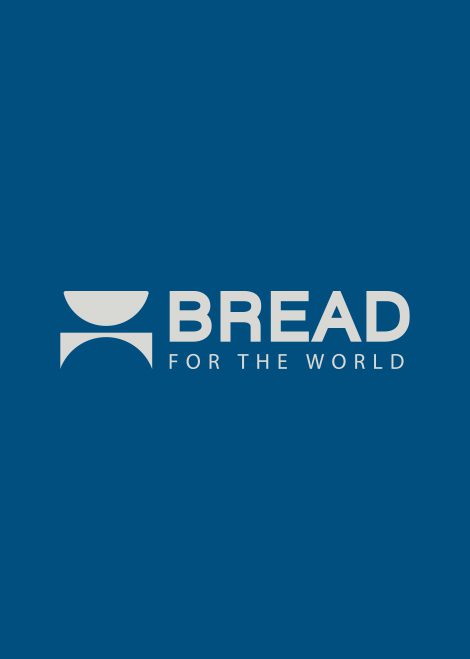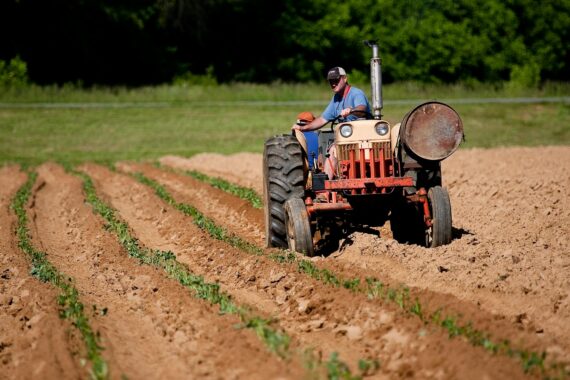By Michele Learner, Bread for the World Institute
Ending global hunger requires enabling and equipping all people — all 7 billion and counting — to feed themselves and their families, no matter where they live. As the world makes steady progress against hunger, one inconvenient truth is that the people and communities still living with hunger become harder and harder to reach. This is, after all, why many have not benefited from the progress made so far.
Many of the “last miles” in building food security are in the world’s 50 identified fragile and conflict-affected states. It’s not hard to understand why conflict-affected countries have high rates of hunger. The main aim of conflict — destruction — is directly at odds with what’s needed for sustainable development. Peace is a precondition for lasting progress on hunger. In its absence, local, national, and international humanitarian relief efforts are saving countless lives, but they can at best hold the line on hunger. They can’t enable nations, communities, or individuals to move forward.
What makes a country “fragile”? In its June 2015 report, States of Fragility, the Organization for Economic Cooperation and Development (OECD), one of the main sources of information and analysis on fragile states, argues that fragility can apply to some degree in any country.
The report identifies five factors, based on indicators in the proposed Sustainable Development Goals (SDGs), that help determine a country’s degree of fragility. These are:
- peaceful and inclusive societies
- access to justice
- accountable and inclusive institutions
- economic inclusion and stability
- capacities to prevent and adapt to social, economic, and environmental shocks and disasters
Unsurprisingly, the countries identified as weak in all five clusters form a very similar list of countries as earlier lists of fragile states. These are the Central African Republic (CAR), Guinea, Chad, Swaziland, Democratic Republic of the Congo (DRC), Cote d’Ivoire, Haiti, Yemen, and Sudan.
But countries that are vulnerable based on just a couple of the five areas include some that have not traditionally been considered fragile — for example, Venezuela, Fiji, and Kenya. In fact, the report says, 12 countries on the OECD “50 most fragile” have never appeared on a list of fragile states.
States that have a significant degree of fragility thus vary widely — in size, location, income level, specific challenges, and more. The world’s remaining 795 million hungry people have not yet all been “mapped” precisely, but we know that a large number of them live in fragile and conflict-affected states.
This blog post has only just begun to consider where to start in the world’s difficult but essential task of reaching hungry people in such a variety of difficult situations. Future posts will consider some examples of countries where hungry people are concentrated and look at research on policy improvements that could better enable them to feed themselves and their families.
Michele Learner is Associate Editor for Bread for the World Institute, the policy research arm of Bread for the World. Bread for the World Institute is a 501(c)3 organization.



